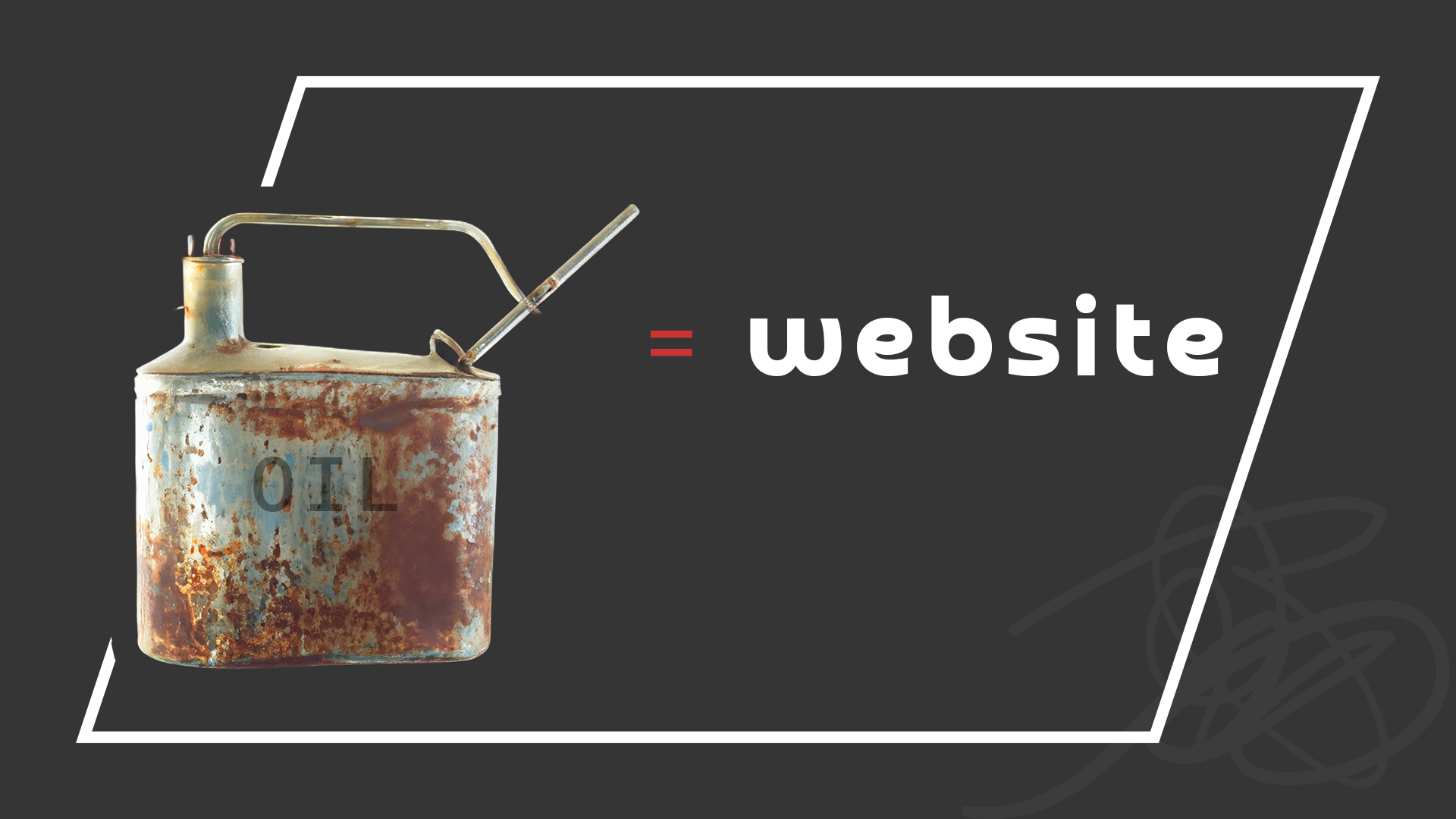
Understanding ADA Web Compliance
In today's digital age, the accessibility of online spaces is not just a courtesy but a legal and moral obligation. ADA web compliance refers to the inclusive practice of making websites accessible to all users, including those with disabilities. But what exactly does it mean to be ADA compliant, and why should you care? Whether you're a small business owner, a blogger, or run a large e-commerce platform, understanding and implementing ADA web compliance is crucial. In this article, we'll dive deep into what ADA compliance entails, its legal implications, and the benefits it offers to both website owners and users. By the end of this read, you'll have a clearer understanding of how to make your website welcoming and accessible to everyone.
What is ADA Web Compliance?
ADA Web Compliance refers to the requirement that websites and online platforms be accessible to individuals with disabilities, aligning with the standards set by the Americans with Disabilities Act (ADA). This act, primarily focused on eliminating discrimination against people with disabilities, extends beyond physical spaces into the digital realm. In essence, an ADA-compliant website allows users with various disabilities—such as visual, auditory, physical, speech, cognitive, and neurological impairments—to navigate, interact with, and access web content effectively.
The significance of the ADA in web accessibility underscores a shift towards a more inclusive and accessible internet. By adhering to specific guidelines, typically the Web Content Accessibility Guidelines (WCAG), website owners can ensure their sites accommodate the needs of all users, regardless of their abilities or disabilities.
Why is ADA Web Compliance Important?
The importance of web accessibility cannot be overstated, especially in an era where digital platforms are integral to our daily lives. For individuals with disabilities, an accessible website can mean the difference between independence and reliance, empowerment and frustration. Here's why ADA web compliance is not just important but essential:
- Inclusivity and Equality: Web accessibility ensures that all users, including those with disabilities, have equal access to information and functionalities. This inclusivity strengthens the core values of equality and dignity in the digital space.
- Legal Compliance: With increasing legal actions against non-compliant websites, failing to adhere to ADA standards can lead to significant legal and financial repercussions. Ensuring your website is compliant not only protects you from litigation but also demonstrates a commitment to all your users' rights.
- Broader Audience Reach: An accessible website reaches a wider audience, including the millions of individuals with disabilities. This expanded reach can translate into increased traffic, engagement, and potentially, revenue.
- Improved User Experience: Accessibility features, such as clear navigation and text-to-speech functionality, generally improve the user experience for everyone, not just those with disabilities. An ADA-compliant website can lead to better customer satisfaction and loyalty.
We will explore how you can achieve ADA web compliance, the common pitfalls to avoid, and the steps to create a more inclusive online environment. Stay tuned to learn how to enhance your website's accessibility and ensure it is welcoming for all users.
How to Achieve ADA Web Compliance
Achieving ADA web compliance may seem daunting at first, but by following the Web Content Accessibility Guidelines (WCAG), you can make your site accessible and enjoyable for everyone. Here’s how:
- Familiarize Yourself with WCAG: WCAG outlines a wide range of recommendations for making web content more accessible. Familiarizing yourself with these guidelines is the first step. They are divided into three levels of compliance: A (must support), AA (should support), and AAA (may support). Aim for at least Level AA, as it strikes a good balance between accessibility and feasibility.
- Perform a Website Audit: Assess your current website to identify areas that are not ADA compliant. This involves evaluating all your web content, including text, images, forms, and videos, for accessibility issues.
- Implement Changes: Based on the audit, start making necessary modifications. This could include ensuring sufficient color contrast, providing text alternatives for non-text content, ensuring website navigation is possible via keyboard, and making sure your website works with screen readers.
- Regular Testing: Accessibility is not a one-time fix but an ongoing commitment. Regularly test your website with accessibility evaluation tools and involve users with disabilities in testing to get real feedback.
- Provide Accessibility Statement: An accessibility statement shows your commitment to making your site accessible. It should outline your accessibility standards, feedback methods, and any limitations your site may have.
Tools and Resources:
Tools like WAVE (Web Accessibility Evaluation Tool), Axe, and Lighthouse can help assess and monitor your website’s compliance. Additionally, consider consulting with an expert or hiring an accessibility specialist to ensure your website meets all necessary standards.
Real Examples of ADA Web Compliance
- Microsoft.com is an excellent example of ADA compliance. They have a comprehensive accessibility feature page that guides users on how to navigate the site using assistive technologies.
- The BBC has set a high standard for web accessibility by providing clear guidelines and resources for users, ensuring their content is accessible by as many people as possible.
In both examples, the companies made significant changes to navigation, color contrast, text alternatives, and more to improve accessibility. These changes not only benefited users with disabilities but also improved the overall user experience.
Common Misconceptions About ADA Compliance
- "ADA compliance is too complicated and expensive." While it can be detailed, the basic principles of web accessibility are straightforward, and many improvements are simple and cost-effective to implement.
- "Only large companies or government websites need to be ADA compliant." Web accessibility is essential for all websites, regardless of size. Every user deserves equal access and opportunity online.
- "If my website is compliant, it will be less attractive or too basic." Accessibility does not mean sacrificing design. It’s entirely possible to create a visually appealing website that is also accessible.
By addressing these misconceptions and taking the necessary steps towards compliance, you can ensure your website is welcoming and accessible to all users, thereby enhancing your brand's reputation and reach.
How to Get Started with ADA Web Compliance:
Starting on the journey to ADA web compliance doesn't have to be overwhelming. By breaking down the process into manageable steps, you can systematically address accessibility on your website:
- Educate Yourself and Your Team: Begin with a solid understanding of what ADA compliance entails. Utilize resources such as the WCAG guidelines and online courses to educate yourself and your team.
- Conduct an Accessibility Audit: Evaluate your current website using automated tools and manual testing. Identify areas where your site falls short of WCAG standards.
- Prioritize Fixes: Not all accessibility issues are created equal. Prioritize changes based on their impact on users and the difficulty of implementation. Address high-impact, easy-to-fix issues first.
- Implement Solutions: Work with your web development team to make the necessary changes. This could range from altering code to rewriting content for clarity.
- Test and Validate: After changes are made, test your website again. If possible, involve users with disabilities in this testing phase to get real feedback on usability.
- Maintain Compliance: ADA web compliance is an ongoing process. Regularly review and update your site to accommodate new content, technologies, and standards.
Embrace Web Accessibility
ADA web compliance is more than just a legal requirement; it's a commitment to inclusivity and equal access for all users. By making your website accessible, you're not only expanding your audience but also promoting a culture of inclusivity. Remember, an accessible web is a better web for everyone. As you embark on this journey, keep learning, stay updated with new standards, and always put your users first.
Take the Next Step Towards Inclusivity
Now is the time to take action. Assess your website's compliance and take the first step towards creating a more accessible online space. Whether you're starting from scratch or looking to improve, every step towards ADA compliance is a step towards a more inclusive world.
Need help getting started? Reach out for a consultation, or use the resources available online to begin your journey towards ADA compliance.
Have experiences or questions about ADA web compliance? Share them in the comments below. Your insights could help others on their path to making the web accessible for all.
Together, let's work towards a web that welcomes everyone.








